Search results for: “direct air capture”
-
Drone Delivery: the Energy Economics
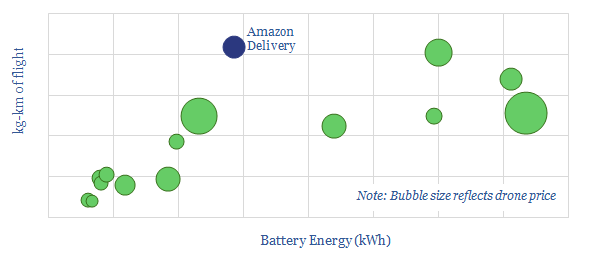
We have tabulated energy economics on 15 commercial drones and run the equations of flight on Amazon’s “Prime Air” solution. We conclude that drone delivery will use 90% less energy, 99% less cost and 90% lower carbon than is typical in current last-mile truck deliveries. Please download the model for all of the numbers.
-
Gas power: levelized costs of combined cycle gas turbines?
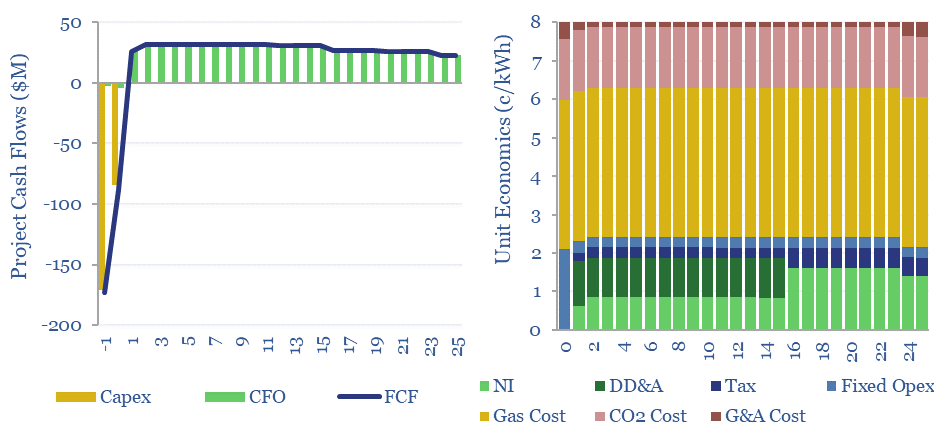
Levelized costs of combined cycle gas turbines are built up in this data-file. Our base case costs of gas-fired power generation are 8c/kWh, at a combined cycle turbine converting 55% of the thermal energy of natural gas into electrical energy, for a total CO2 intensity of 0.35 kg/kWh.
-
Jet fuel demand: by region and forecasts to 2050?
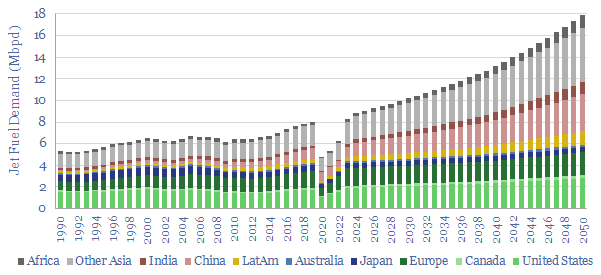
Jet fuel demand ran at 8Mbpd in 2019, the last year before COVID, and could rise to 18Mbpd by 2050, as global population rises 25%, jet fuel demand per capita doubles and fuel economy per aviation mile rises by 20%. This data file breaks down jet fuel demand by region, including our forecasts through 2050,…
-
Coal-to-Power Project Economics
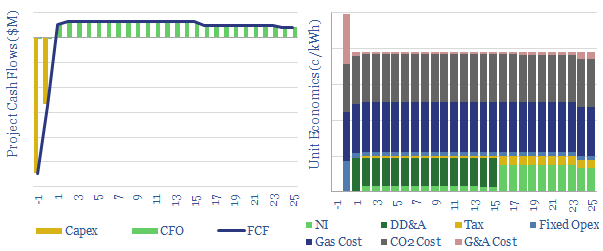
Greenfield coal-to-power economics vary markedly by region. IRRs can reach 30% in emerging markets with low capex costs, high utilization and no carbon prices. But they fail to return their capital costs under developed world air standards and $25/ton CO2 pricing. Please download the model to stress-test the economics.
-
Autonomous vehicles: where’s the IP?
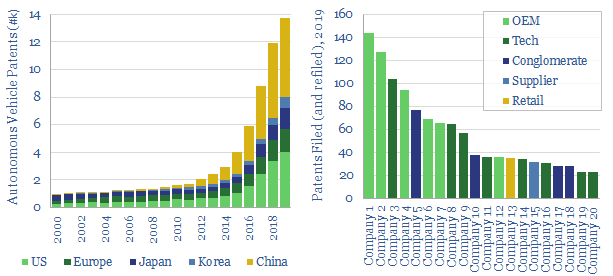
We screen 37,000 patents into autonomous vehicles, which will likely increase total road travel by c10%. The pace of activity has been rising at a rapid, 37% CAGR. Our data-file notes the most active companies, including tech firms (Denso, MobilEye, TuSimple, Uber, Waymo, Zoox) and auto companies (Ford, GM, Honda, Toyota, Volvo et al).
-
Levelized cost of electricity: stress-testing LCOE?

This data-file summarizes the levelized cost of electricity, across 35 different generation sources, covering 20 different data-fields for each source. Costs of generating electricity can vary from 2-200 c/kWh. The is more variability within categories than between them. Numbers can readily be stress-tested in the data-file.
-
Transporting green hydrogen as ammonia or toluene?
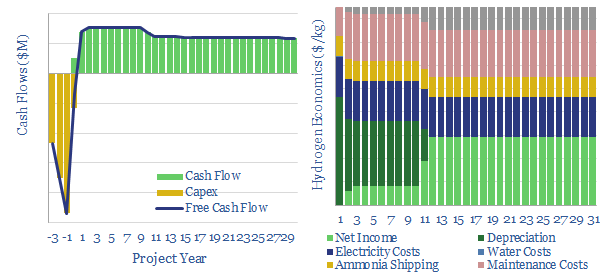
Green hydrogen could be converted into ammonia, shipped like LPGs, then cracked back into green hydrogen in a developed world country. The best case costs are around $10/kg, while generating an IRR of 10%, with full, round-trip energy efficiency of c60%.
-
Phase change materials: technology leaders?
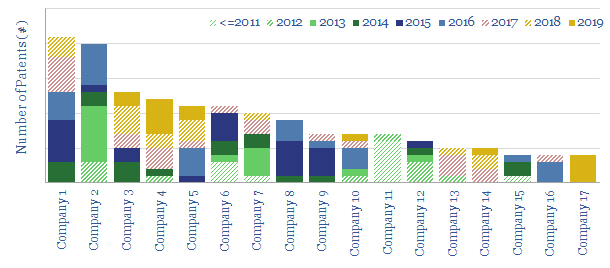
This data file identifies the technology leaders in phase change materials, by compiling a screen of the latest 5,800 patent filings from over 125 companies. We find progress ranging from venture stage firms through to mega-caps.
-
Technology transition database: what determines adoption rates?
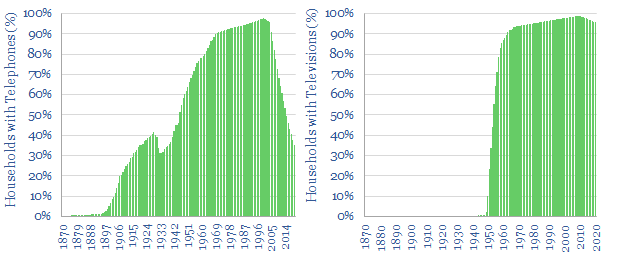
This database plots the adoption rates for twenty technologies that transformed living standards around the United States, year-by-year, from 1870 to 2020. Adoption rates are more rapid for technologies when they require less infrastructure, are more transformational, are more economic and are more recent.
-
CO2 concentrations in industrial exhaust streams?
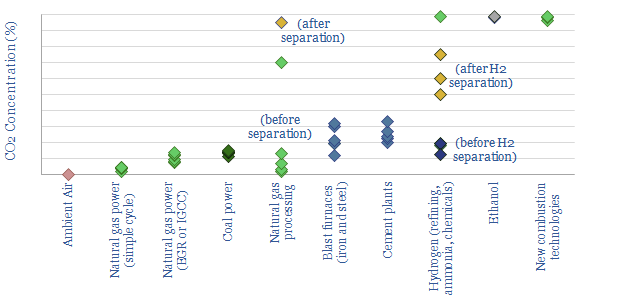
The aim of this data-file is to compile CO2 concentrations in industrial exhaust streams, as a molar percentage of flue gas. This matters for the costs of CO2 separation. Most promising CCS candidates are bio-ethanol plants, industrial hydrogen production and some gas processing, followed by cement and steel plants.
Content by Category
- Batteries (89)
- Biofuels (44)
- Carbon Intensity (49)
- CCS (63)
- CO2 Removals (9)
- Coal (38)
- Company Diligence (94)
- Data Models (838)
- Decarbonization (160)
- Demand (110)
- Digital (59)
- Downstream (44)
- Economic Model (204)
- Energy Efficiency (75)
- Hydrogen (63)
- Industry Data (279)
- LNG (48)
- Materials (82)
- Metals (80)
- Midstream (43)
- Natural Gas (148)
- Nature (76)
- Nuclear (23)
- Oil (164)
- Patents (38)
- Plastics (44)
- Power Grids (130)
- Renewables (149)
- Screen (117)
- Semiconductors (32)
- Shale (51)
- Solar (68)
- Supply-Demand (45)
- Vehicles (90)
- Wind (44)
- Written Research (354)